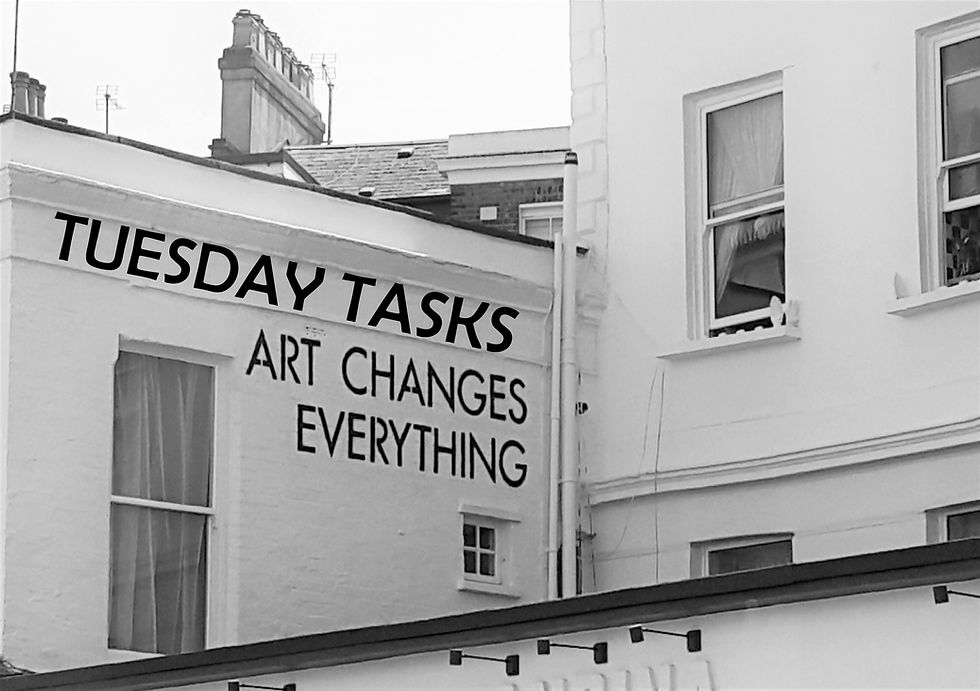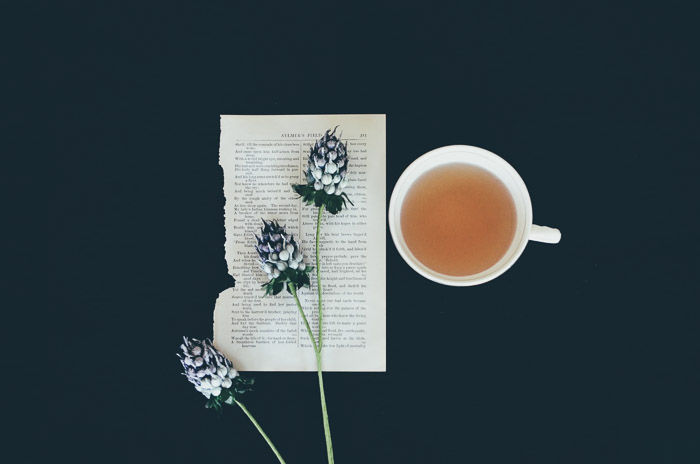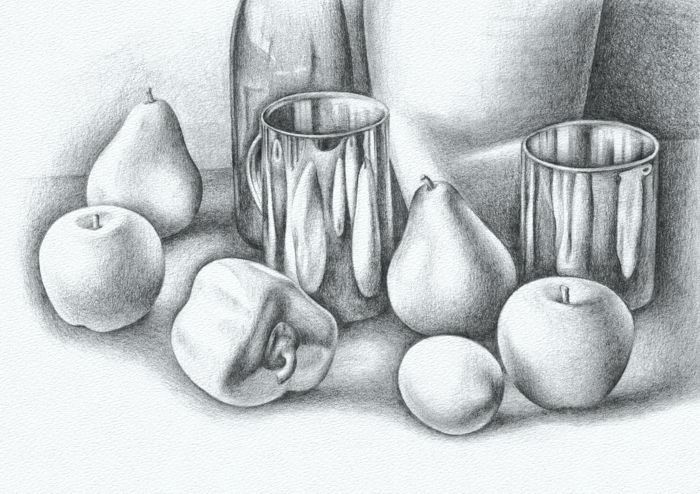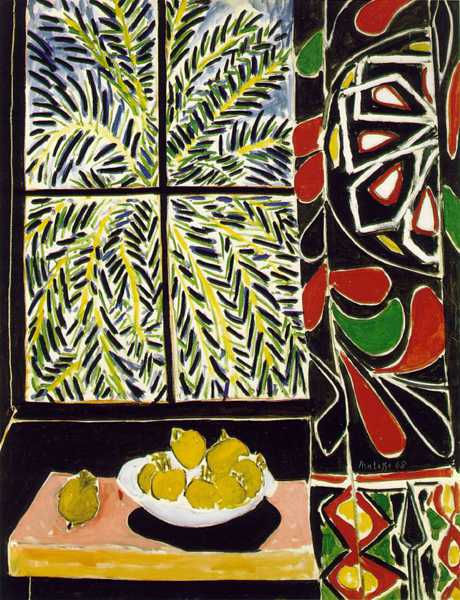Look at things differently and find inspiration from anything and everything around you. Here are a few ideas for how you can be creative during this time with very few materials required.

Still Life:
Put together a still life composition of some household objects - this could include some of your favourite possessions/plants/fruit/vases/pottery/glasses/dinnerware/flowers etc. You could either draw, paint, or take photographs of your still life.

Photography:
For some tips for how to take effective still life images click here

Drawing & Painting:
Still Life is a great way to learn or develop your drawing and painting skills. It teaches you how to really look at images and take notice of their outline, shape, proportions, tone, color, texture and form.

For some inspiration and to explore different styles, check out some of these Famous Artists who either specialised in or studied still life throughout their careers:
Claude Monet, Henri Matisse, Andy Warhol, Pablo Picasso, Vincent Van Gough, Pierre Bonnard, Georgia O'Keeffe and Giorgio Morandi.


Writing Tasks:
If you're more of a writer or want to give it a try, here are some simple exercises to help you put pen to paper.

Go and find your favourite photograph, study it for a few minutes. What's happening in the image? How does it make you feel? What does it make you think of?
Use the five senses: See, hear, touch, taste and smell to describe the image and write a short story about it. If it has people in it, use these as your characters. If it's of a place, use this as the setting and include lots of description referring back to the five senses.
We've been working with Writer Cathy Lesurf to run our Creative Writing course, one of the tasks she's given participants to work on, and one that we'd like to share with you, is writing a memory. This is similar to the photograph task but you don't need an image, so it allows you to delve deeper.
Would-be writers often object that they have no memories to draw on, or that nothing interesting ever happened to them. This is not possible. Memory can be hard to access, but it’s a skill that can be learned. And it’s not so much interesting things but unique ways of seeing ordinary things that makes the most original and satisfying fiction. - Lesley Glaister
-
Start with the simple two words, I Remember....
-
Close your eyes and remember
-
Write your memory in a way that it could be shared with someone else, so that they feel as if they were there with you
-
Describe what you perceive/experience physically
-
Use the 5 senses - What do you see, what do you hear, is there a particular smell, what can you taste, how does it feel?
-
Be direct - include every detail ie. Don't say bright colour, say yellow, gold, daffodil yellow
